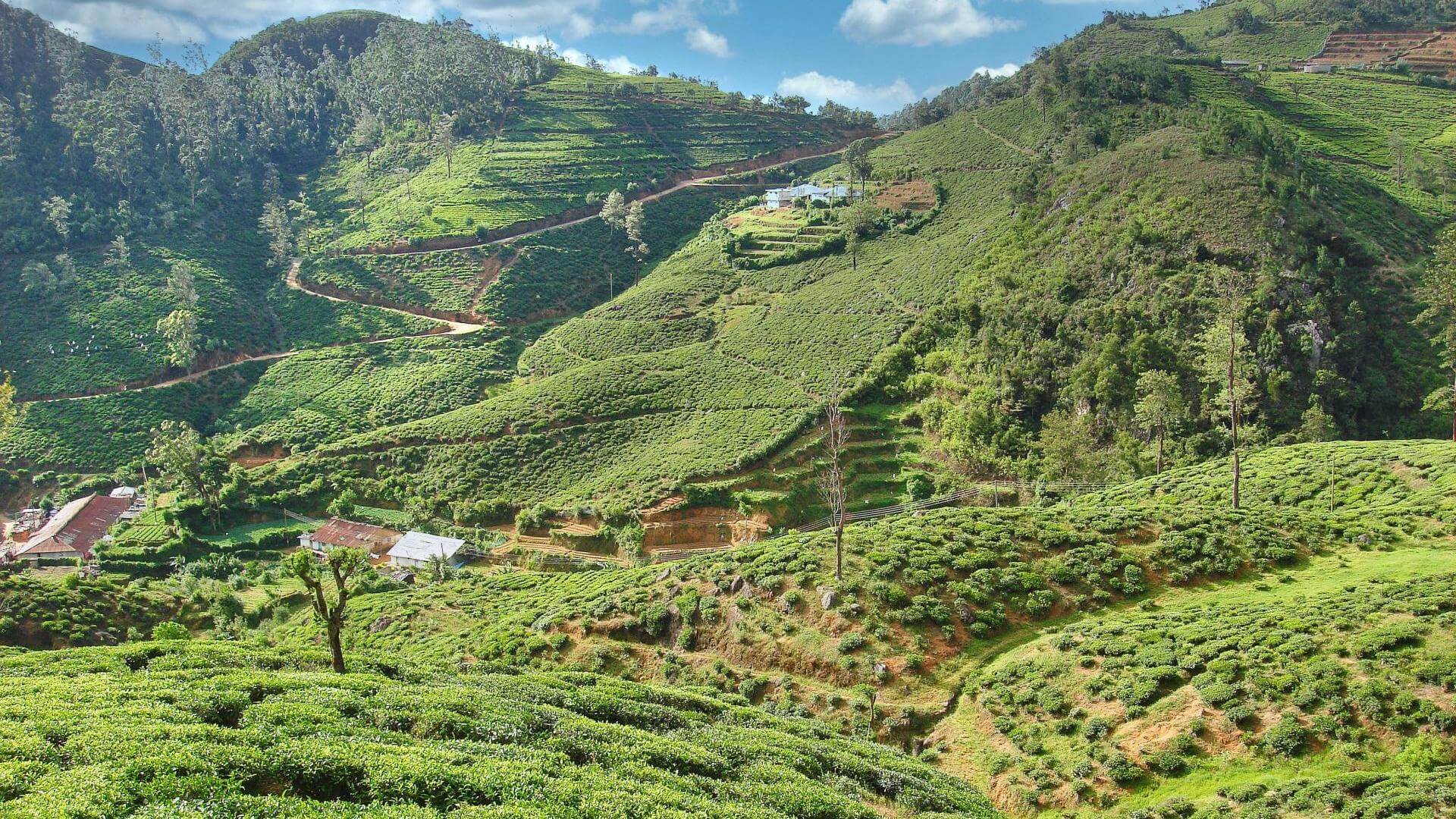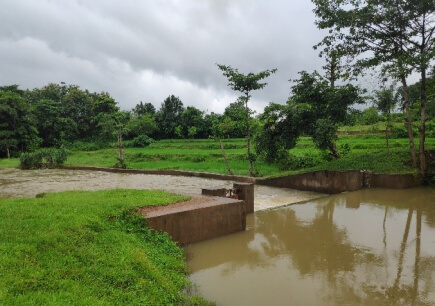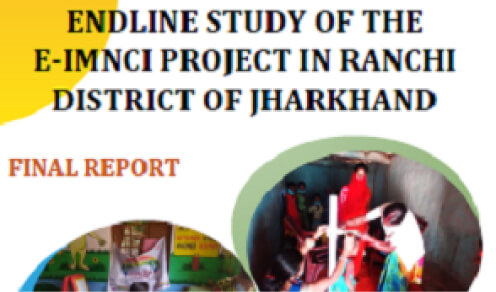The Aga Khan Rural Support Programme in India with funding from the Laudes Foundation has been supporting an organic cotton farming programme in three districts of the Nimar Region in Madhya Pradesh where cotton is a major crop and a key source of income for the predominant tribal communities.
In this context, the Aga Khan Foundation commissioned us to conduct a longitudinal study (collecting data from 2021, 2022 and 2023 cropping cycles) to:
- Assess the comparative impact of organic and conventional cotton farming, in terms of farm incomes, cotton productivity, environmental impact (water, soil, carbon emissions) and the overall quality of life of cotton farming families in Madhya Pradesh’s Nimar region
- Identify the key determinants of cotton productivity (e.g., seed quality, access to irrigation, soil type/ soil health, access to other inputs) and the contribution of these key determinants to the productivity of organic cotton and conventional cotton.
For this study, we have been using a ‘follow-up longitudinal design (panel survey)’ along with mixed-method data collection approach (quantitative: face to face interviews and qualitative: in-depth interviews and focused group discussions) following sequential explanatory design of data collection. Our detailed scope of work includes:
- Finalisation of the three farming cohorts for data collection across the three years (2021, 2022, 2023)
- Finalisation of the indicators and the process for collecting data for each of these indicators
- Mapping of primary and secondary data collection sources
- Comparative analysis of BT and non-BT cotton farms with respect to pesticide and chemical fertiliser consumption, water use, labour requirement, cotton productivity and incomes earned from cotton
- Comparative analysis of organic and BT cotton plots on soil
- Co-relation assessment and analysis of trends in cotton and other crop production and productivity across the years covering all seasons based on farmers’ practices
- Identification of key determinants of cotton and contribution of these key determinants to the productivity of organic cotton and conventional cotton.










